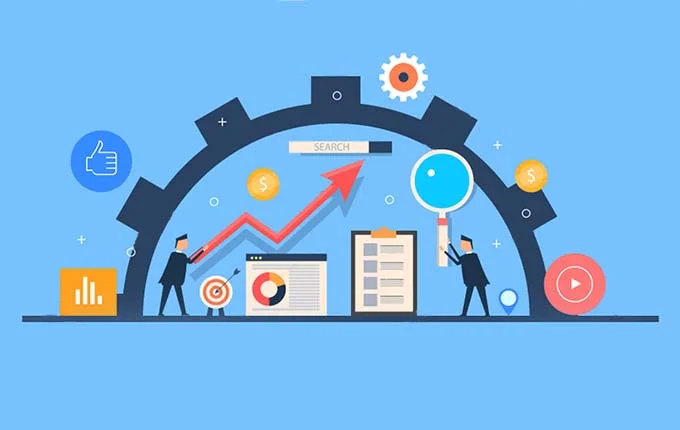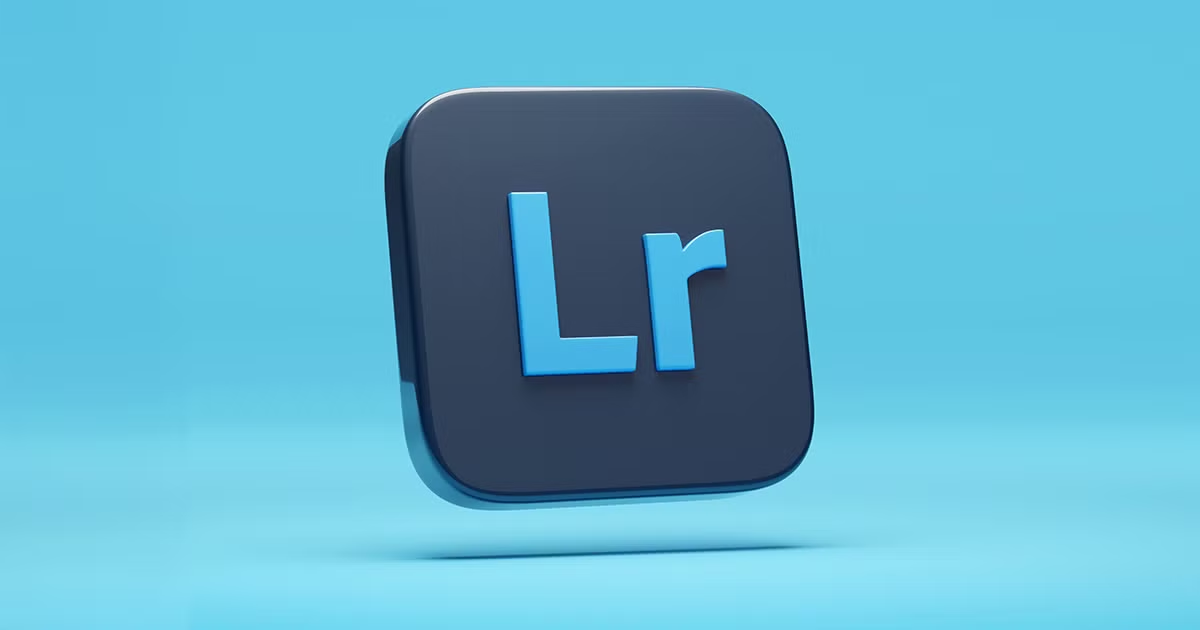Introduction
Cold email remains one of the most cost-effective, scalable, and measurable channels for B2B sales and lead generation. However, it is also one of the most misunderstood. When done poorly, cold email can lead to spam flags, low response rates, and even domain blacklisting. But when executed correctly, it becomes a powerful strategy to build business relationships, initiate sales conversations, and scale customer acquisition efforts.
In today’s saturated market, having the right cold email software is as critical as having a well-structured strategy. Tools like Mailgo, an AI-powered cold email outreach platform, have revolutionized how businesses handle prospecting, personalization, and deliverability. With features like AI leads finding agent, automated email warm-up, smart scheduling, and built-in verification, Mailgo enables companies to reach potential clients with higher precision and lower risk. This article serves as a cold email ultimate guide to help you execute successful outreach campaigns using smart tools and proven tactics.
What Is Cold Email and Why It Still Works
Cold email is the practice of reaching out to prospects with whom you’ve had no prior interaction, usually with the aim of initiating a business conversation. Unlike spam, cold email is carefully targeted, personalized, and relevant to the recipient. It has become a staple in B2B marketing because it allows businesses to proactively connect with decision-makers without relying on inbound traffic or paid ads.
A cold email ultimate guide would not be complete without discussing relevance and personalization. Personalizing your cold emails according to the recipient’s pain points and job responsibilities can significantly boost your open and response rates. For example, referencing recent company news, their role, or challenges specific to their industry can create instant credibility.
Moreover, Mailgo offers advanced personalization options. By integrating behavioral signals and contextual data, Mailgo’s AI ensures that your messages don’t just reach the inbox—they resonate with the reader. This makes your outreach more relevant and less likely to be ignored.
How to Structure a High-Converting Cold Email
A successful cold email doesn’t start with a sales pitch—it starts with a connection. The structure should be short, direct, and focused on value. Here’s a format you can follow:
Subject Line: Keep it personalized and curiosity-driven.
Greeting: Use the recipient’s name.
Opening Line: Reference something relevant about their work or company.
Value Proposition: Explain how you can help solve a specific problem.
Call to Action: Suggest a low-commitment next step like a quick call.
Signature: Include your full name, title, and contact details.
Cold email software like Mailgo allows you to A/B test subject lines, message bodies, and calls to action. Its built-in analytics dashboard shows which templates perform best, helping you refine your strategy over time. It also integrates with your CRM to sync conversations, making follow-ups more seamless.
Email Deliverability and Spam Avoidance Best Practices
Deliverability is often the Achilles’ heel of cold email campaigns. Even the most compelling messages are useless if they land in spam folders. That’s where warming up your domain, verifying email addresses, and using a dedicated sending IP can make a huge difference.
Mailgo’s anti-spam deliverability toolkit includes all these features. It automatically warms up new domains by gradually increasing the volume of sent emails to build sender reputation. The built-in email verification system ensures you’re only contacting valid addresses, reducing bounce rates and protecting your domain.
Also, avoid spam trigger words like “guaranteed,” “buy now,” or “free.” Maintain a balanced text-to-link ratio and always include an unsubscribe option to comply with GDPR and CAN-SPAM laws.
Lead Generation Through Smart Targeting and Automation
The key to successful cold email outreach lies in identifying the right prospects. Manual research can be time-consuming and error-prone, which is why companies are increasingly relying on AI tools to automate this step. Mailgo’s AI leads finding agent stands out in this regard by sourcing high-quality leads that fit your Ideal Customer Profile (ICP).
This is where using a lead finder for B2B sales becomes invaluable. Mailgo not only identifies decision-makers within your target companies but also verifies their contact information in real time. This reduces the time spent on prospecting and increases the time available for relationship-building.
Moreover, Mailgo integrates seamlessly with LinkedIn and company databases, allowing you to target leads based on industry, company size, job title, and location. This enables hyper-targeted campaigns that are more likely to yield results.
The Importance of Follow-ups and Smart Scheduling
Following up is an essential component of any cold email campaign. Most responses happen after the second or third follow-up, not the initial outreach. However, timing and message variation are critical. Sending too many follow-ups too quickly can be perceived as spammy, while too few may result in missed opportunities.
Cold email tools like Mailgo use smart scheduling algorithms to determine the optimal time to send messages based on previous engagement data. It can stagger follow-ups, personalize each message, and even stop the sequence automatically once a recipient replies or clicks a link.
This level of automation ensures that your outreach appears natural and human, not robotic or aggressive. Smart follow-ups also improve your domain’s sender reputation by spacing out emails and reducing the likelihood of mass deletes or spam flags.
Measuring and Optimizing Campaign Performance
To maximize ROI, it’s essential to track campaign metrics like open rate, click-through rate, response rate, and conversion rate. These KPIs provide insight into what’s working and what needs improvement.
Mailgo offers an intuitive dashboard that tracks all key metrics in real time. It segments performance data by campaign, template, and target persona, allowing you to isolate variables and conduct meaningful A/B testing.
If your response rate is low, consider reworking your subject lines or targeting a different industry. If open rates are high but replies are few, your call to action might be too aggressive. Use the data to refine and evolve your strategy continuously.
Conclusion
Cold email remains a powerful tool in the B2B marketing arsenal—when executed with precision, relevance, and the right technology. A successful campaign requires more than just good copywriting. It demands a strategic approach to lead targeting, personalization, deliverability, and follow-up.
Hence, platforms like Mailgo simplify and enhance every stage of the cold email process. From its AI leads finding agent to its automated warm-up system and built-in verification tools, Mailgo helps you avoid spam folders and land in decision-makers’ inboxes.
Whether you’re a startup looking to generate your first leads or a seasoned enterprise aiming to scale outbound efforts, embracing a comprehensive cold email strategy powered by smart tools will put you ahead of the curve.
By incorporating a robust lead finder, automating routine tasks, and continuously optimizing based on performance data, businesses can unlock the full potential of cold email for sustainable growth.
YOU MAY ALSO LIKE: Top 10 Network Security Best Practices for Small Businesses











